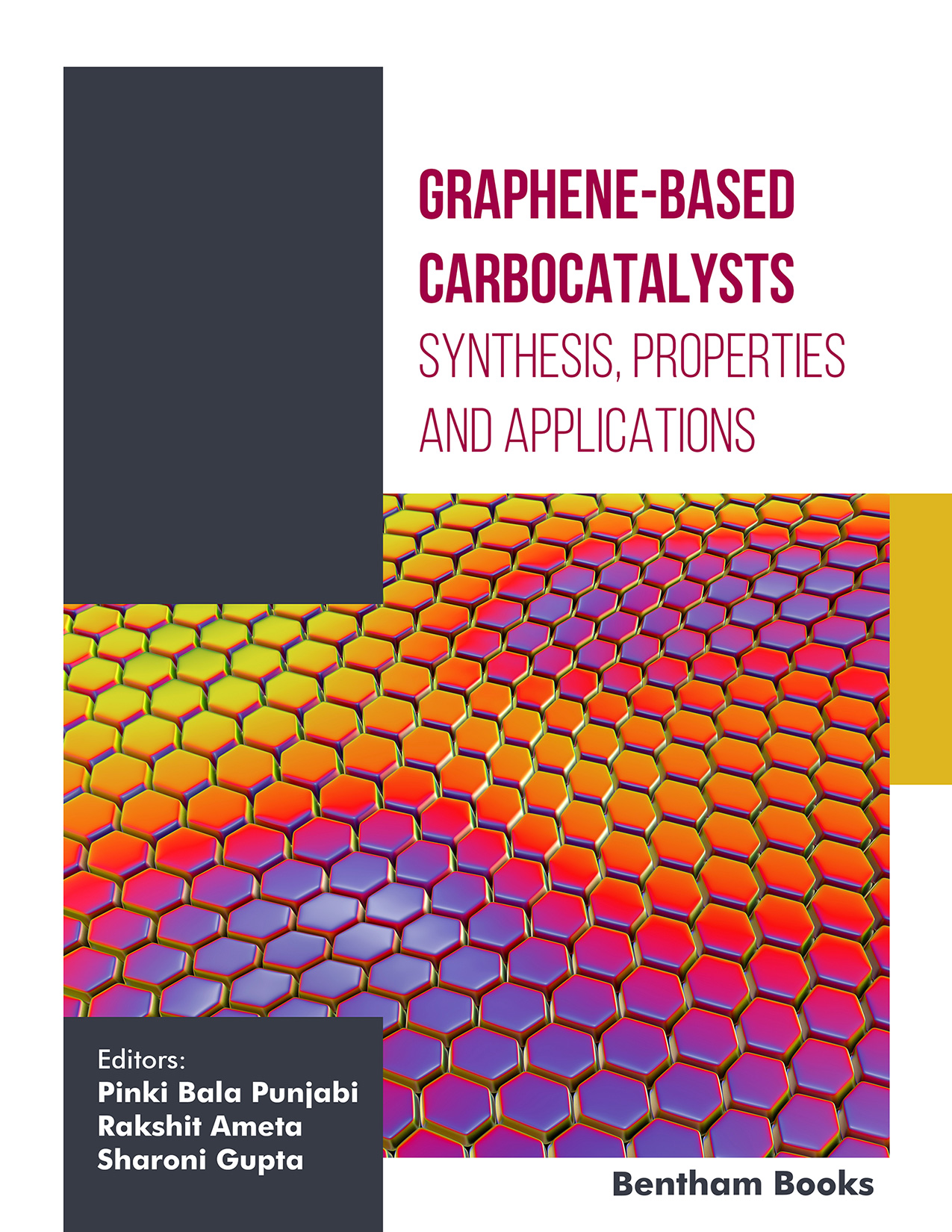Introduction
This book informs readers about recent advances in graphene carbocatalysis encapsulating the current developments in the syntheses, properties, characterizations, functionalization and catalytic applications of graphene, its derivatives and composites. It serves as a comprehensive primary reference book for chemistry and engineering students who are required to learn about graphene chemistry in detail. It also serves as an introductory reference for industry professionals and researchers who are interested in graphene research as well as its emerging applications in catalysis and beyond.
Volume 1 provides an introduction to catalysis and the chemistry of graphene. This is followed by chapters that cover the chemistry of graphene compounds. Next, it covers the functionalization of graphene into catalytic materials and its role in the synthesis of nanocomposites. Finally, the book delves into the complex aspects of graphene carbocatalysis: recent advances in graphene supported palladium catalysts for coupling reactions, applications of graphene-based catalysts in multicomponent, domino reactions, oxidation and reduction reactions, and recent trends in biocatalytic properties of graphene-based composites are all discussed in detail.
Audience Chemistry and engineering students who are required to learn about graphene chemistry; industry professionals and researchers interested in advanced graphene-based catalysis

